Imagine: You’re moving through your workday, like usual, handling the day’s joys and stresses like the boss you are. When, all of a sudden, it feels like the world around you has changed. For the worse.
Your heart drops into your stomach, your body feels vulnerable and exposed, and then you begin to feel confused about where you are or what you were doing.
Mentally, emotionally, and perhaps even physically, you feel like you were just dropped back into the worst day of your life. You’re immobilized. Bracing. Waiting for it to happen all over again.
That is what a flashback feels like, for people experiencing PTSD. But what does a flashback feel like for individuals experiencing C-PTSD?
Post Traumatic Stress Disorder (PTSD) can set in after experiencing a single, horrific event. Think of things that happen in a flash, like being in a car accident, grieving the death of a loved one, or experiencing assault.
Complex Post Traumatic Stress Disorder (C-PTSD) can set in after experiencing repeated trauma. Instead of going through a key event once, it’s caused by living through a lengthy and highly stressful period of time. This includes chronic or repeated experiences.
Unlike those diagnosed with PTSD, who experienced a single, existentially-threatening event, those diagnosed with C-PTSD may have experienced an entire childhood of abuse, ongoing domestic abuse with a partner, being a prisoner of war, or experiencing abuse or harassment in a long-term workplace. This complex stress can arise from a series of major events or from prolonged micro-aggressions. We all know that trauma isn’t defined by the scale of the event, but rather by the person’s ability to cope with the event(s). This means that a lifetime of experiencing micro-abuses, neglect, aggression, etc., can produce the unique web of hypervigilant pain and wounding that we clinically refer to as C-PTSD.






